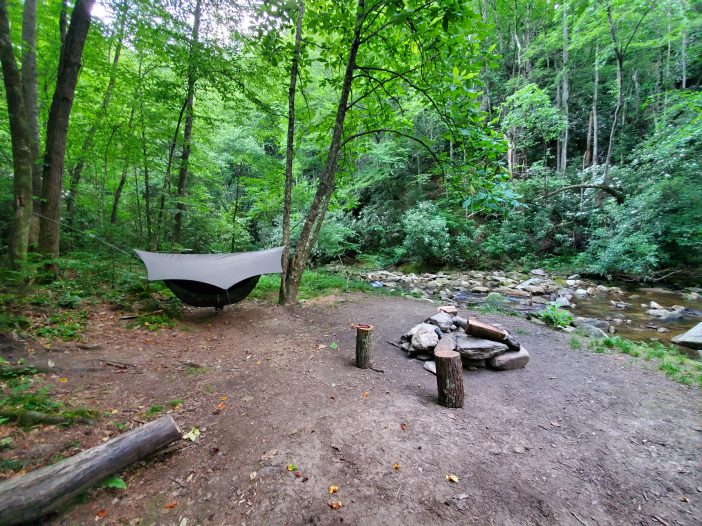We tested ENO’s DoubleNest, SingleNest, and TravelNest hammocks across trails, campsites, and music festivals in Western North Carolina. Here’s how each one holds up in the real world.
Read Morecamping gear
The Black Diamond Astro 300 Headlamp
Why the Astro 300 Headlamp by Black Diamond is the Lighting Revolution We’ve All Been Waiting For Every once in a while, a product comes onto the market that not only delivers exceptional functionality but also combines it with affordability and convenience. Such is the case with the Black Diamond Astro 300 Headlamp. In a […]
Read MoreThe Camping Lifestyle: Uncovering the Appeal of Outdoor Adventures
Camping is a timeless outdoor activity that has captivated the hearts and minds of adventurers, nature lovers, and casual travelers alike. This fascinating exploration delves into the diverse aspects of camping, from its status as a sport and a hobby to its varying costs and the types of people who embrace it. Join us as we embark on a journey to uncover the intriguing world of camping and the essential principles that guide it.
Read More

